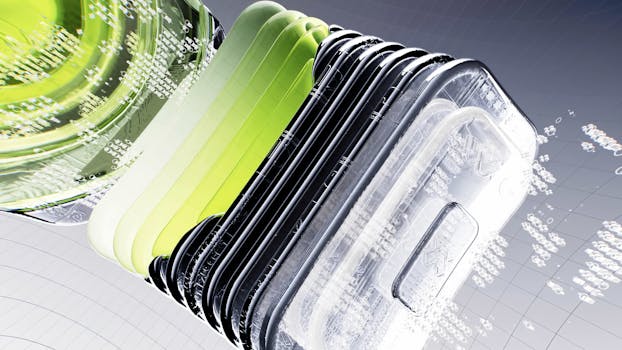What is progress visualization?

What is progress visualization?
In today’s fast-paced world, keeping track of your goals and achievements can be difficult. That’s where progress visualization comes in. This method empowers individuals and teams to see their advancements clearly and motivates them to stay on track. By presenting data visually, you can transform abstract goals into tangible results. Understanding how to effectively visualize your progress can significantly enhance your productivity and personal development.
Understanding Progress Visualization
Progress visualization is the art and science of turning data about your achievements into visual formats. This can include charts, graphs, or even simple progress bars. The goal is to make the progress toward goals more apparent, manageable, and motivating. By seeing how far you’ve come, you can better appreciate your work and remain focused on what’s next.
The Concept of Progress Visualization
At its core, progress visualization involves capturing data about your goals and presenting it visually. Think of it as a map that shows you where you are and where you’re headed. Common forms of progress visualization include:
- Charts: Bar charts or line graphs can showcase progress over time, making trends easy to spot.
- Graphs: Pie charts can represent parts of a whole, ideal for displaying percentages of completed tasks.
- Progress Bars: These simple yet effective tools show how much of a task is completed, providing instant feedback.
For a deeper exploration of progress bars and their functionalities, refer to the Progress Bar guide.
Benefits of Progress Visualization
Utilizing progress visualization techniques comes with numerous benefits across personal and professional settings:
- Enhanced Motivation: Seeing your progress can significantly boost your motivation levels. It acts as a reminder of how much effort you’ve put in and what you can achieve.
- Clarity and Focus: Visuals cut through the noise. They help you understand what goals you’re working toward and what still needs to be done.
- Informed Decision-Making: By visualizing data, you can spot trends and make decisions based on insights rather than guesswork.
- Improved Accountability: When goals are visible, both individuals and teams can hold themselves accountable, making it easier to track responsibilities.
These benefits can greatly enhance your productivity. For more insights on the advantages of data visualization, check out the article on the benefits of data visualization.
Techniques for Effective Progress Visualization
Now that we understand what progress visualization is and its benefits, let’s explore some techniques and tools that can help you implement it effectively.
Visual Tools and Software
Several software options are available to help you create visual progress trackers. Here are some popular ones:
- Asana: This project management tool offers various project management charts to visualize your progress, including Gantt charts and Kanban boards. Learn more about these tools in the Asana guide.
- Trello: Trello uses boards and cards to track tasks visually. It’s excellent for both personal and team projects.
- Microsoft Excel: A classic choice, Excel allows users to create charts and graphs from their data, providing flexibility in representation.
Setting Goals and Milestones
To visualize progress effectively, it’s crucial to set clear, achievable goals. Using the SMART criteria (Specific, Measurable, Achievable, Relevant, Time-bound) can guide you in defining your objectives. Break these goals into smaller milestones, which serve as checkpoints on your journey. This structured approach allows you to visualize incremental progress, making larger goals feel more attainable.
Incorporating Feedback Loops
Feedback is essential in the process of progress visualization. Regularly reviewing your progress and adjusting your methods based on what you learn helps ensure continuous improvement. You might consider setting weekly or monthly reviews to assess what techniques work and where adjustments are necessary. This iterative process can refine your goals and improve your overall performance.
Applying Progress Visualization in Daily Life
Now that we’ve discussed techniques, let’s look at how you can apply progress visualization in various aspects of your life.
In Personal Development
Progress visualization can significantly enhance personal development efforts. For instance, if you’re learning a new skill, you could create a progress chart that tracks your practice sessions. Each time you practice, mark your progress on the chart. This not only helps you see improvements but also encourages you to keep going.
In Professional Settings
In workplaces, teams can leverage progress visualization for project management and productivity. Gantt charts are an excellent example of visualizing project timelines, showing who is responsible for what and when tasks need to be completed. This transparency fosters accountability and encourages collaboration among team members. For more on visualizing project progress, check out this comprehensive guide.
Conclusion and Next Steps
Progress visualization is not just a tool—it’s a mindset that can transform how you approach your goals. By implementing techniques like setting clear milestones, using visual tools, and incorporating feedback loops, you can enhance your productivity and personal growth.
Why not start today? Choose a goal you want to achieve and create a visual representation of your progress. It might just ignite the motivation you need to push forward. Remember, seeing your achievements can inspire you to reach even greater heights.
With the right approach to progress visualization, you’re not just tracking your journey—you’re actively shaping it.